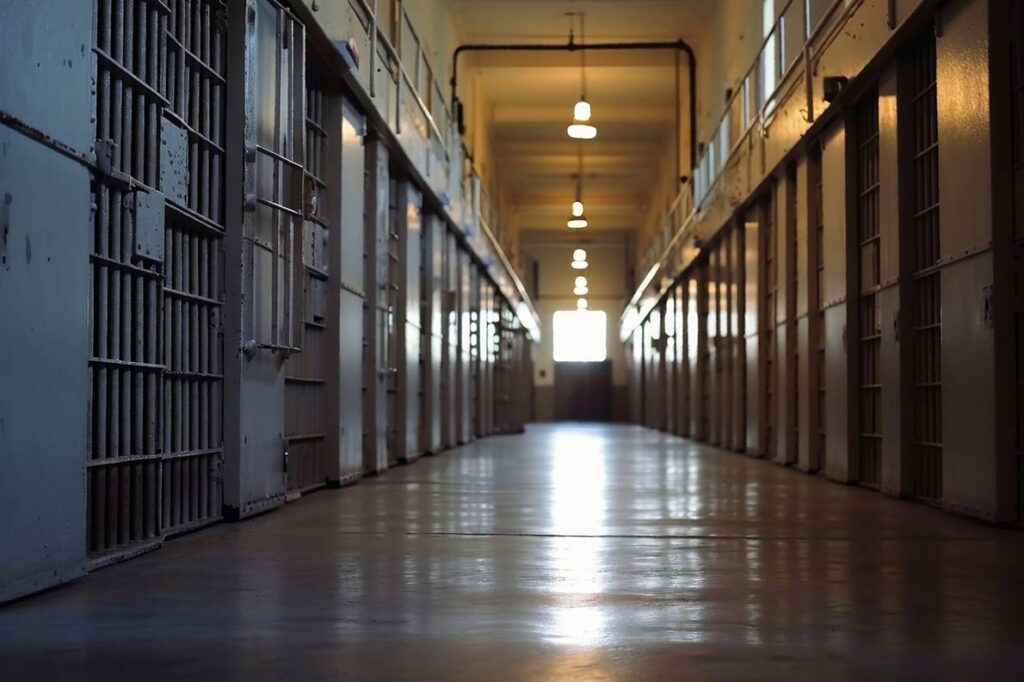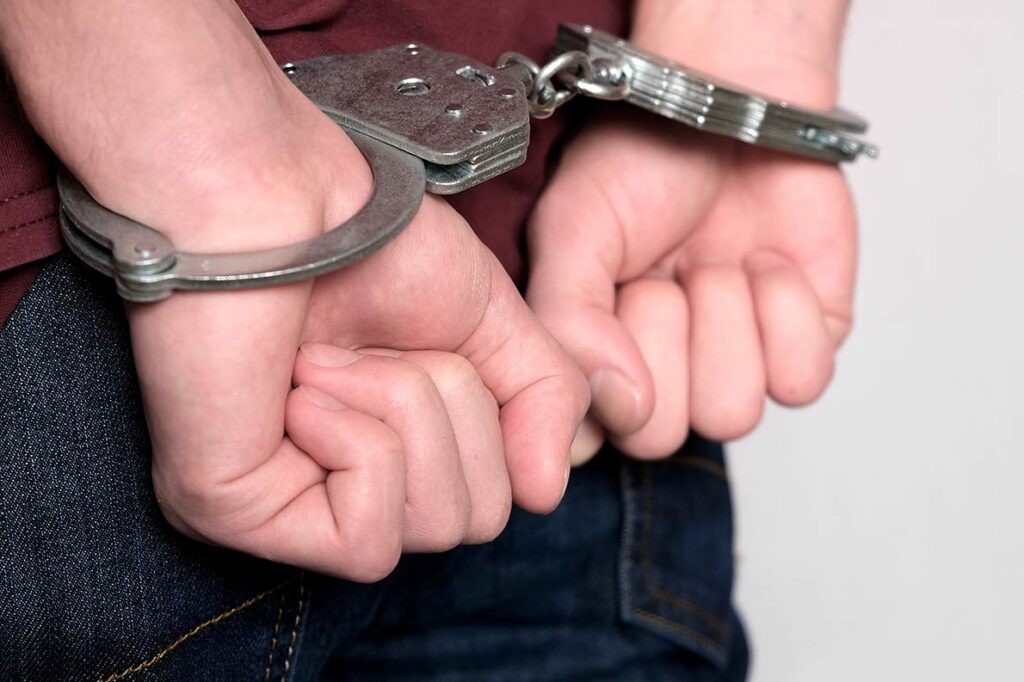
If you’ve ever wondered, “Why are jails overcrowded?”—you’re not alone. The issue of jail and prison overcrowding affects communities across the United States, raising serious concerns about public safety, prison conditions, and the overall criminal justice system.
In this blog, we’ll dive into the reasons why jails are overcrowded, examine how it impacts incarcerated people, and explore what the data and research suggest about possible solutions.
Understanding the Scale of Jail and Prison Overcrowding
Across the country, overcrowded jails and federal prisons are pushing capacity limits. According to the Bureau of Justice Statistics, the number of people behind bars in the U.S. is among the highest in the world.
This issue affects:
- County jails, which typically hold people awaiting trial or serving short sentences.
- Federal prisons, which house individuals convicted of federal crimes.
- State departments of corrections, which manage long-term incarceration for more serious offenses.
The result? Overcrowded facilities struggle to provide adequate medical care, programs, or even space.
1. High Incarceration Rates
One of the main reasons why jails and prisons are overcrowded lies in the U.S.’s historically high incarceration rates. From the 1980s onward, “tough on crime” policies and mandatory prison sentences for even non-violent offenses contributed to a dramatic increase in the prison population.
Even though crime rates have declined in recent years, the prison population has remained high—especially among certain demographics and communities.
2. Longer Sentences for Minor Offenses
Another key factor is the length of time people are held. Many individuals are serving long-term sentences for crimes that might receive lighter penalties in other countries. Drug offenses, in particular, have led to a large number of people in prison—sometimes for decades.
In some jurisdictions, even minor parole violations or unpaid fines can result in jail time.
3. Pretrial Detention and Bail Systems
In county jails, many people haven’t even been convicted of a crime. They’re being held simply because they can’t afford bail. This pretrial detention problem significantly contributes to jail overcrowding.
These individuals may wait weeks or even months for a court date, stuck in a holding pattern due to financial limitations.
4. Mental Health and Lack of Support Services
Many incarcerated people struggle with mental illness or substance use issues. Unfortunately, jails have become de facto mental health institutions without the resources to provide proper health care.
Without community-based support services, people with mental illness are often arrested and jailed repeatedly, rather than treated.

5. Parole and Probation Violations
Another reason for jail and prison overcrowding is the high number of people re-incarcerated due to technical violations of parole or probation. This includes missing appointments, failing drug tests, or even curfew violations—not new crimes.
These technical violations can lead to:
- Extended time in jail facilities
- Revoked probation and longer prison sentences
- Return to county jails or federal prisons even after rehabilitation efforts
6. The Role of the Criminal Justice System
The broader criminal justice system also plays a role. Inconsistent sentencing, lack of diversion programs, and over-policing in low-income neighborhoods have all contributed to the crisis of prison overcrowding.
While reforms are happening in some areas, many laws and policies still prioritize punishment over rehabilitation.
7. Immigration Detention
In recent years, immigration enforcement has added to jail overcrowding, with detainees being held in county jails and private facilities. These individuals are often not charged with crimes but are still subject to detention, adding to already overburdened systems.
The Impact of Jail and Prison Overcrowding
Now that we’ve explored the reasons why jails are overcrowded, let’s take a look at what that means for everyone involved—from incarcerated people to communities at large.
Effects on Inmates:
- Poor prison conditions, including limited space, food, and sanitation
- Delayed access to medical care and mental health care
- Increased risk of violence and disease
- Reduced access to rehabilitation programs or education
Effects on Communities:
- Higher costs for taxpayers to operate overcrowded jail facilities
- Lower chances of rehabilitation, leading to higher recidivism rates
- Strained departments of corrections and local law enforcement
What Research Suggests About Solutions
The good news is that research suggests several strategies that can help reduce prison overcrowding without compromising public safety.
Here are some promising reforms:
- Diversion programs for low-level, non-violent offenders
- Bail reform to reduce pretrial detention
- Parole and probation reform to reduce technical violations
- Increased investment in mental health and addiction services
- Shorter prison sentences for non-violent crimes
Policy changes could include:
- Ending mandatory minimums
- Allowing more compassionate release for the elderly or ill
- Expanding reentry programs to reduce repeat offenses
The Bottom Line: Why Are Jails Overcrowded?
So, why are jails overcrowded? The answer is complex, rooted in decades of policy decisions, societal challenges, and systemic issues within the criminal justice system. From high incarceration rates to inadequate mental health services, the causes are many—but so are the opportunities for change.
Solving the problem will require a mix of legal reform, smarter sentencing, and better community support for at-risk individuals. With the right approach, we can reduce the number of people behind bars, improve prison conditions, and create a more fair and effective justice system.